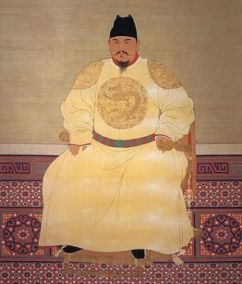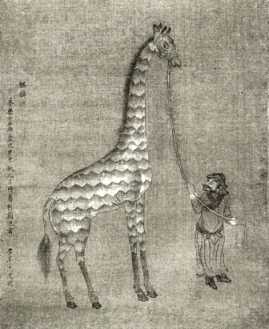Overview
Timeline of Ancient China
Geography of Ancient China
Silk Road
The Great Wall
Forbidden City
Terracotta Army
The Grand Canal
Battle of Red Cliffs
Opium Wars
Inventions of Ancient China
Glossary and Terms
Dynasties
Major Dynasties
Xia Dynasty
Shang Dynasty
Zhou Dynasty
Han Dynasty
Period of Disunion
Sui Dynasty
Tang Dynasty
Song Dyanasty
Yuan Dynasty
Ming Dynasty
Qing Dynasty
|
Culture
Daily Life in Ancient China
Religion
Mythology
Numbers and Colors
Legend of Silk
Chinese Calendar
Festivals
Civil Service
Chinese Art
Clothing
Entertainment and Games
Literature
People
Confucius
Kangxi Emperor
Genghis Khan
Kublai Khan
Marco Polo
Puyi (The Last Emperor)
Emperor Qin
Emperor Taizong
Sun Tzu
Empress Wu
Zheng He
Emperors of China
|

